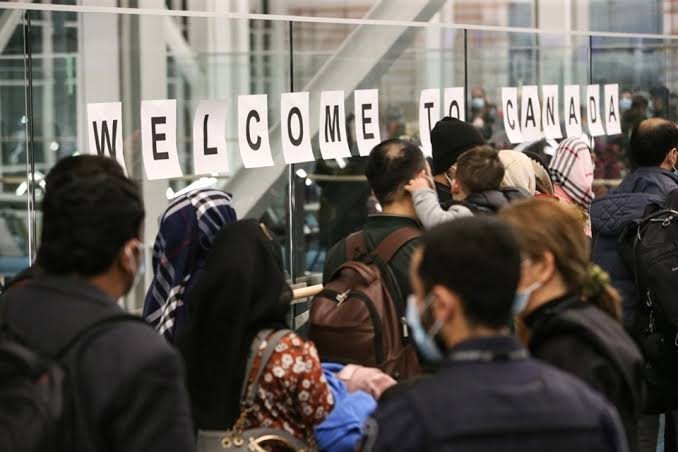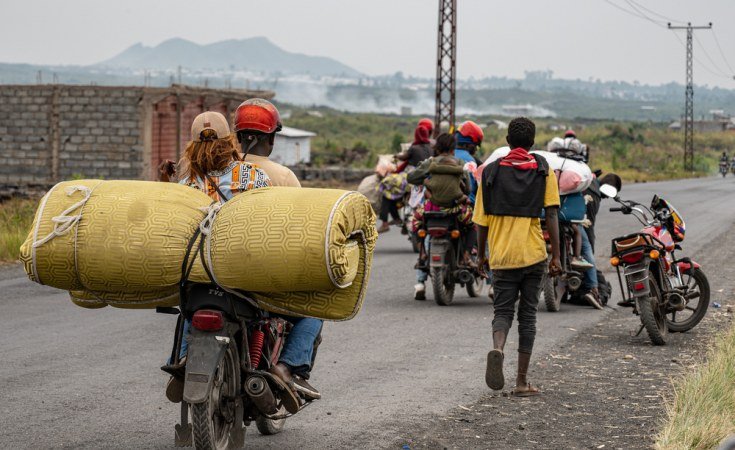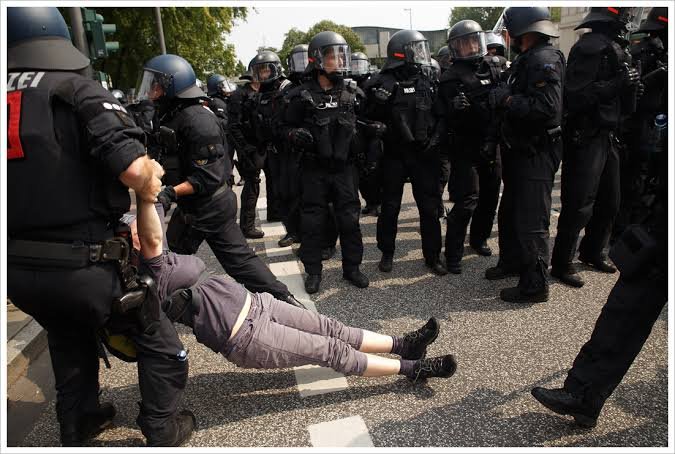Photo credit: Vancouver is awesome
Canada is widely believed to be one of the world’s most immigrant-friendly countries. Apart from policies which favour immigrants, the people are also friendly to a fault.
However, after inviting millions of newcomers to the country in recent years to help lift the economy, the government is reversing its course due to growing concerns that immigrants are contributing to the country’s growing challenges of housing, healthcare, and other issues.
This year, measures were introduced targeting Canada’s vast temporary residence programme, which has left hundreds of thousands of migrants in legal limbo.
The international student programme has appealed to thousands of young people by offering one route to the Canadian dream of permanent residency through education. After graduating, international students are eligible for work permits to continue living legally in Canada. They represent a significant category of temporary residents. Another group comprises workers who come at the invitation of specific employers, while the smaller cohort are migrants seeking asylum.
The temporary residence programme was ramped up after the coronavirus pandemic, as Canada’s economy struggled to fill a labour shortage. As a result, nearly three million people living in Canada have temporary immigration status. According to government statistics, 2.2 million arrived in the past two years. Temporary residents represent 6.8 per cent of the country’s total population of 41.3 million.
If Canada’s immigration law changes, international students will find it more difficult to gain permanent residency. Canada’s economy is now creating fewer jobs, and unemployment is stubbornly high—over 6 percent. It is even higher for temporary residents, at 14 percent.
Many cities face a housing affordability crisis, and several provinces have overstretched healthcare systems.
Critics say the large number of temporary residents worsens these problems, and the public mood towards immigrants is going south.
In response, the country’s immigration minister, Marc Miller, has announced a series of cuts to immigration quotas since the start of the year. It includes lowering the number of student visas issued and capping the number of temporary foreign workers a company can employ.
As part of the government’s efforts to rein in the temporary residence programme, expiring or expired work permits for many migrants may not be renewed.
While Miller accepted that immigration has saved the country from going into recession, he said Canada has allowed certain parts of it “to get overheated, and probably for too long.”
As about 20 percent of Canadians are born overseas, the country has long been open to immigrants. Conservative and Liberal governments have historically promoted immigration policies to bolster the ranks of workers and increase the population.
That trend is now shifting. Polls show that most Canadians believe the country has taken in too many newcomers in too short a period. An August poll showed that two-thirds of Canadians feel the current immigration policy lets too many people in.
However, many immigrants argue that they are unfairly targeted, saying they were invited to Canada only to face the prospect of having to leave if their work permits are not renewed.
The debate over Canada’s immigration policy echoes far more polarized arguments in the US and Europe.
The overwhelming majority of Canada’s immigrants arrived legally, and despite the recent change of sentiment, political discourse remains broadly civil.
Some experts have argued that stresses on the housing market or healthcare reflect chronic government underinvestment rather than the consequences of high immigration rates. But the tension between the influx of immigrants and the economic problems can be seen playing out in places like Brampton, a city near Toronto where many Indian students and temporary workers have settled.
Gurpartap Singh Toor, a local councillor, said the health infrastructure in Brampton—one hospital and a smaller medical centre—is insufficient for the population of around 700,000.
Canada says it will take a more flexible approach to immigration, allowing people in when needed and closing the door when they’re not.
The Employment Minister, Randy Boissonnault, said, “I’ve said it before, and I’m saying it again: The temporary foreign worker programme is an accordion. It’s meant to flex with the economy. When we have a high number of vacancies, we can bring in more people and, as the economy tightens, we close the accordion and we make it harder for people to come in.”
Immigrants whose work permits have expired face dwindling options.
They could seek admission at a Canadian college and pay the higher tuition for international students in exchange for being allowed to work and keep seeking permanent residency. Alternatively, they could apply for a visitor’s visa. However, it won’t give them the legal right to work.
The last option is to return to their home countries, which is the least appealing possibility.







